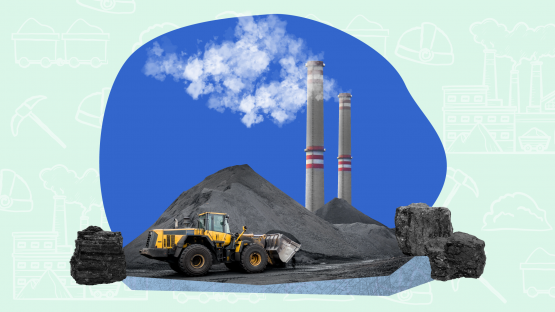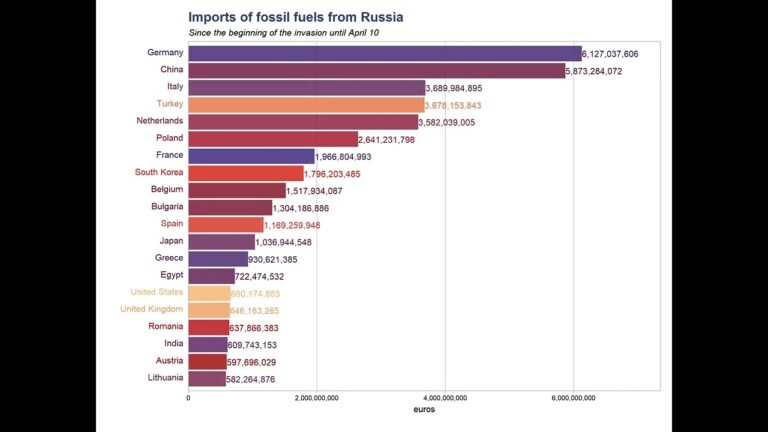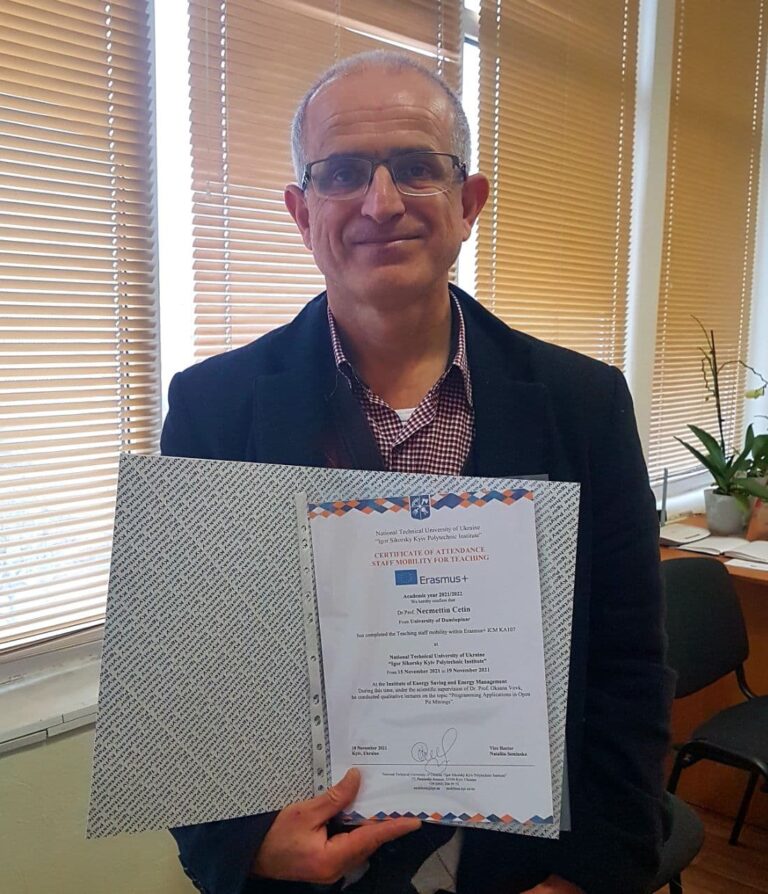Repurposing Fossil Fuel Power Plant Sites with SMRs to Ease Clean Energy Transition
As coal consumption surges amid energy market turmoil, global efforts to slash the use of the most polluting fossil fuel by 2050 appear increasingly challenged. Several countries are now eyeing a strategy for using nuclear power that could reduce their reliance on fossil fuels over the coming years: installing small modular reactors (SMRs) on or near the site of retired coal fired plants.
From economics to preservation of the environment, projects in countries including France, India, Poland, Romania, the United Kingdom and the United States aim to benefit from such a strategy. For example, repurposing fossil plants with SMRs, besides helping lower emissions and maintain energy security, could also ensure a just economic transition for local communities. But several challenges must be addressed before such an approach can be widely adopted, according to speakers at a recent IAEA webinar, including testing and demonstrating SMRs.
“There is a rising need to replace coal with nuclear – how can we do that? On one side, we should accelerate SMR deployment and on the other the decommissioning of coal stations. To achieve those two goals, using existing coal sites to implement nuclear projects can facilitate this switch,” said Anne Falchi, Head of Strategy, Nuclear New Build at EDF. “Repurposing coal stations would actually be a facilitator of getting rid of coal.”
Coal is responsible for the largest share of CO2 emissions from the energy sector, making its phase-out key to tackling climate change. But while the COP26 climate summit last November agreed to accelerate efforts towards a “phasedown” of unabated coal-fired power stations, coal demand may reach a record high in 2022 as countries grapple with high energy prices amid the current market turmoil.
The situation, dubbed “the first global energy crisis” by International Energy Agency Executive Director Fatih Birol, underscores how affordable and reliable electricity remains an essential asset of modern economies. Given that coal provides more than one third of the world’s electricity, there is scope for nuclear to over time replace it as a low-carbon primary energy source that provides 24/7 supply security.
More than 70 SMR designs are at different stages of development worldwide, with SMR units now operating in China and Russia. Repurposing coal plants with SMRs would enable the continuation of power production for local customers. Their generation capacity, between 200 MWe and 400 MWe, is similar to that of a typical coal fired plant, therefore these SMRs would also be suited to existing grid connections.
Cost saving factors could include avoiding land acquisition for the SMR plant, having an existing water source as well as rail and road connectivity, and a pool of trained human resources within commuting distance, according to Arun Kumar Nayak of the Reactor Technology Division at the Bhabha Atomic Research Centre in Mumbai, India.
“Nuclear energy is uniquely positioned to redirect workers from the retired fossil fuel industry to the nuclear power plant, preserving steady power generation,” said Aline des Cloizeaux, Director of the IAEA Division of Nuclear Power. “Professional communities would benefit from this transition with new job opportunities,” which are likely to continue to offer the highest salaries in the clean energy sector.
Many of the balance of plant (BOP) systems used for running the coal-fired plant can also be repurposed for use with an SMR. These include plant make-up water and water storage systems; desalination plants; compressed air systems; chemical stores; technical gases storage system; wastewater treatment systems; mobile lifting equipment; and cooling towers.
“This gives you a feel for how many things at a traditional power plant we can immediately beg, borrow and steal,” said Harry Keeling, Vice President, Strategy & Business Development at Rolls-Royce Rolls Royce SMR in the United Kingdom, which is exploring siting SMRs at disused coal plants. “And this is before we even talk about the connection to grid, the substations you need.”
Supply chains are also similar for coal and nuclear plants, meaning jobs can be preserved, while the cost of finance for nuclear, always such a significant part of the total price, can be reduced, according to Keeling. This would create a competitive cycle in the finance community for nuclear on the back of lower capital costs.
Nevertheless, challenges remain to implementing this transition scenario. First, wider deployment of SMRs is expected after 2030 pending their successful testing, demonstration and regulatory licensing. Then there are issues related to decontamination of coal plant sites, nuclear safety, emergency preparedness and response, nuclear waste disposal and public opinion.
Still, two countries are making advances towards repurposing coal plants for SMRs.
In Romania, state nuclear power corporation S.N. Nuclearelectrica conducted engineering studies, technical reviews, and licensing and permitting activities at coal plant sites as part of a plan to site SMRs. On 23 May, Romania announced a site in Doicesti where there is currently a coal plant would be the preferred location for the country’s first SMR deployment.
In the US, the utility PacifiCorp has plans to reduce its coal fleet by two-thirds by 2030 and replace some of that with nuclear. After an extensive evaluation process of four brownfield sites, a location near the coal-fired Naughton power plant, which is due to retire in 2025, was selected as the preferred site for a sodium-cooled fast reactor with a molten salt-based energy storage system.
IAEA Role
The IAEA’s Platform on SMRs and their Applications supports countries in the design, development and deployment of this emerging nuclear power technology, which has the potential to help countries meet climate goals as well as ensure energy supply security. Using as a reference the Nuclear Energy Series publication, Technology Roadmap for Small Modular Reactor Deployment, the Platform provides experts with a single entry point to access the Agency’s full array of support and services on SMRs, including their non-electric applications as well as nuclear safety, security and safeguards. In particular, the Agency’s new Nuclear Harmonization and Standardization Initiative (NHSI) aims to support the effective deployment of safe and secure SMRs through the development of common regulatory and common industry approaches.






